
VB-MAPP – Creating IEP Goals (Part 8 of 8)
Share
The final component of our 8-part series on the Verbal Behavior Milestones Assessment and Placement Program (VB-MAPP) centers around creating Individualized Education Program (IEP) goals. If you haven’t read the previous sections of this guide, you should start with Part 1: Intro to VB-MAPP. Each component of the VB-MAPP builds upon one another, enabling a comprehensive picture of your learner’s needs to inform goals and interventions.
Overview of the VB-MAPP
Before we dive into creating IEP goals, let’s recap what the VB-MAPP is. The VB-MAPP is a common criterion-based assessment tool used in ABA therapy and educational programs. Therapists and educators use the VB-MAPP to assess a wide range of verbal behavior skills, from basic mands to math and early literacy. They then use the results to guide them in developing individualized learning plans.
The VB-MAPP is comprised of three individual but interconnected assessments.
-
The Milestones Assessment–170 milestone skills across three age levels (0-18 months, 18-36 months, 36-48 months). This assessment evaluates skills such as manding (requesting), matching, reading, and writing.
-
The Barriers Assessment–Evaluates 24 of the most common barriers to learning and language acquisition, from behavior challenges to scrolling and failure to generalize.
- The Transition Assessment–Evaluates learners' readiness for transitioning to a less restrictive environment based on 18 areas of focus, including classroom and group skills, overall milestones score, and adaptability to change.
The VB-MAPP also contains a task analysis and skills tracking for each level of the Milestones Assessment. This section further breaks each skill down into smaller components.
Using the VB-MAPP to Create Holistic IEP Goals
A student’s success in school is based on many factors beyond academics. Special education students often have delays in core prerequisites like communication and learning-readiness skills, which they need before progressing to age-level academics. As such, many special educators use the VB-MAPP to inform the creation of IEP goals that address these skill delays. Consider the following steps to leverage the VB-MAPP for holistic IEP development.
Administer and Analyze the VB-MAPP
The first step is to administer the VB-MAPP Milestones, Barriers, and Transition assessments. Each assessment offers important insights into students' needs that aid in crafting a quality individualized plan. Upon completion, analyze the scores. Identify the level (1, 2, or 3) in which your learner primarily scored. The needed skills, targets, and teaching style will vary depending on the level they currently function within.
Identify Your Student’s Strengths and Areas of Need
Take a look at each domain and identify the student’s areas of strength and need. Make a note of any areas of strength that can be leveraged to support areas of weakness. For example, if your student scored low in manding but high in echoics, they may have success with an echoic-to-mand program.
Prioritize Skills
While analyzing the assessment, prioritize the most important skill areas. A few areas of consideration when prioritizing skill areas include:
Shop ThinkPsych Products
-
Social significance–Consider goals that hold the highest social significance, focusing most importantly on skills that have the greatest impact on the learner’s quality of life.
-
Balance skills–If the learner’s skills are misbalanced (e.g., the learner scores high in certain domains yet has no skills in other domains), focus on skill areas that enable balance.
-
Address barriers–Consider the barriers to learning when developing skills to target. For example, articulation challenges may impede their ability to acquire language that is intelligible to others.
- Functional communication–Focus on skills that will allow the student to functionally communicate with others. Consider how functional communication will help your student meet their needs while reducing interfering behaviors.
Example IEP Goals Based on the VB-MAPP
The VB-MAPP Guide contains a comprehensive list of possible IEP goals that address the skills evaluated within the VB-MAPP. The following are several examples of IEP goals for each learning level. Tailor each goal to the student's unique learning needs after a comprehensive evaluation and analysis of their strengths, challenges, barriers to learning, and other considerations.
Example IEP goals for a Level 1 learner:
- Student will emit at least 5 different mands for preferred items or activities with verbal prompts.
- Student will tact at least 20 items in their classroom environment (e.g., people, furniture, body parts, school supplies, etc.).
- Student will select or point to at least 25 objects, pictures, or body parts when instructed to “find (item).”
- Student will sort similar colors and shapes for 10 different colors or shapes.
- Student will demonstrate the use of toys or objects according to function.
- Student will attend while a peer is speaking 3 times per day.
- Student will imitate 10 or more motor movements.
- Student will echo at least 5 vowels, diphthongs, or consonants (speech goal).
Example goals for a Level 2 learner:
- Student will mand for information using WH questions or question words (e.g., “What,” “Where,” “Who,” “When,” “Can,” and “Do”).
- Student will tact 20 adjectives.
- Student will tact 6 prepositions.
- Student will select or point to 10 different colors or shapes from a large array of similar items.
- Student will continue 25 different patterns or sequences with at least three different components.
- Student will engage in pretend and imaginary play, role-playing, and acting out daily routines.
- Student will select the correct item from an array of 8 for 100 questions involving the function, feature, or class of the item.
- Student will intraverbally respond to 25 songs or animal sound fill-in-the-blanks (e.g., A cow says…moo).
- Student will put away personal items, line up, and come to a table with no more than 1 verbal prompt.
Example goals for a Level 3 learner:
- Student will tact using complete sentences with 4 or more words.
- Student will tact 4 different emotions.
- Student will mand for others to attend to his story or other intraverbal behavior at least 10 times per day.
- Student will sort at least 5 related items from 10 different categories.
- Student will independently engage in arts and crafts type activities for 15 minutes.
- Student will take turns and share reinforcers with peers without prompts.
- Student will tact all 26 uppercase and lowercase letters.
- Student will copy numbers 1-20 legibly.
- Student will select the correct item from a picture scene or the natural environment when presented with WH questions involving the function, features, or class of items.
- Student will answer 4 different WH questions about a single topic.
- Student will work independently for 15 minutes in a group setting and stay on task 75% of the time.
- Student will rote count up to 30.
Lean on the VB-MAPP Guide for the Next Steps
The VB-MAPP Guide explores each of the VB-MAPP assessments in comprehensive detail. For more ideas on how to craft goals and interventions based on the results of a student’s VB-MAPP scores, take a deep dive into the guide.
References
Sundberg, M. L. (2014). The verbal behavior milestones assessment and placement program: The VB-MAPP (2nd ed.). Concord, CA: AVB Press.
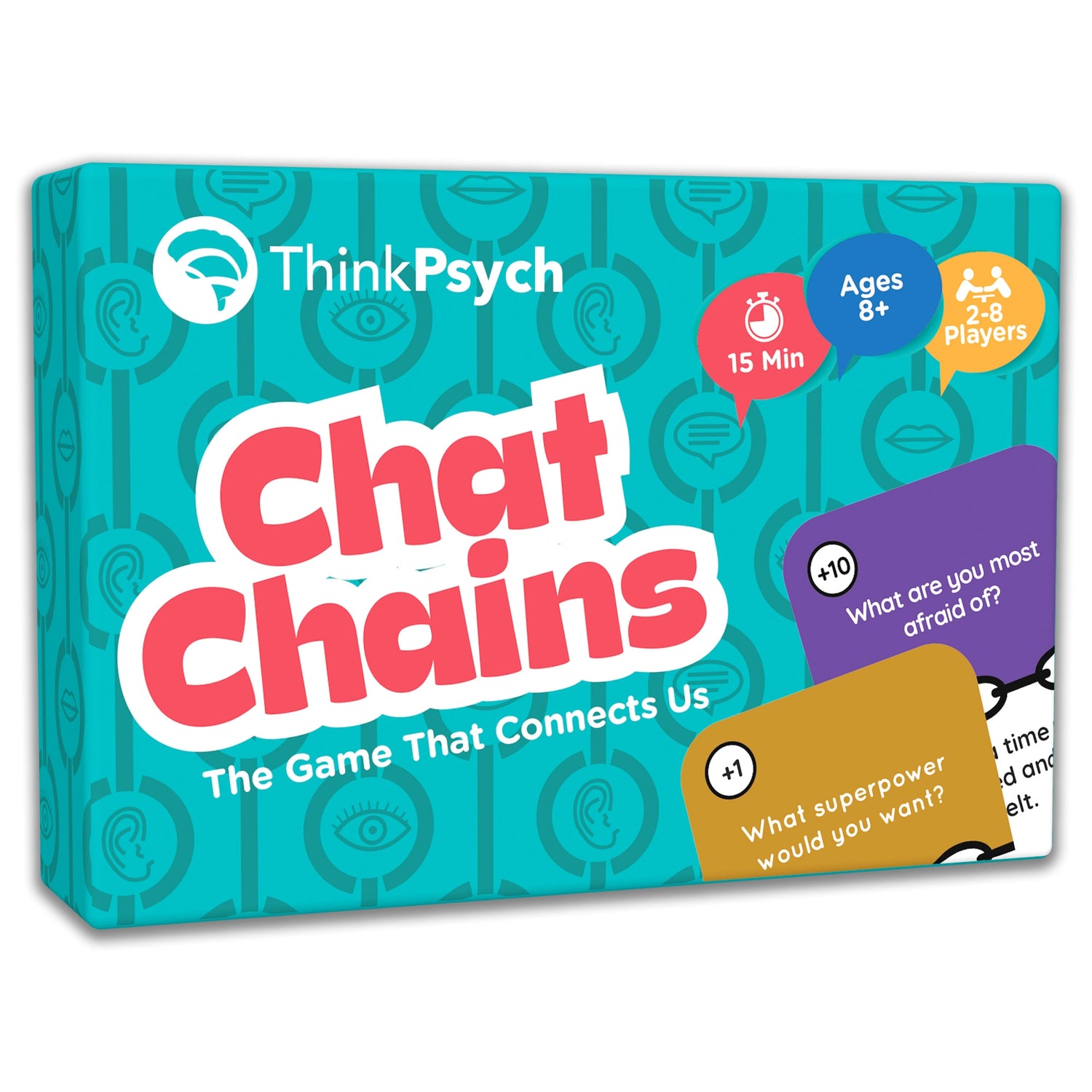

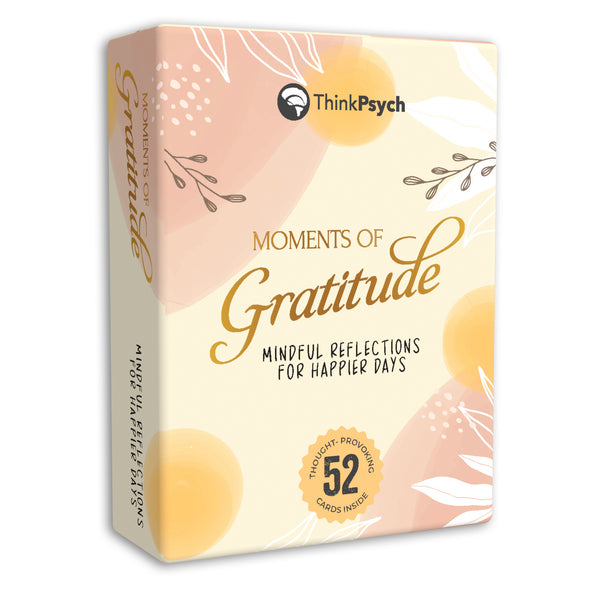
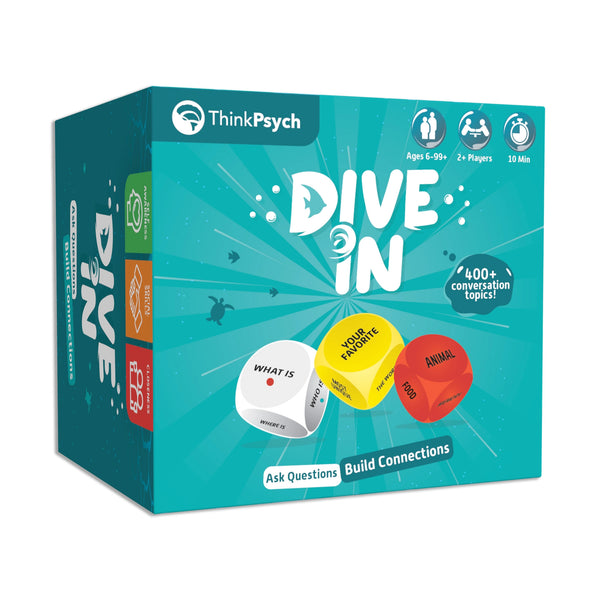
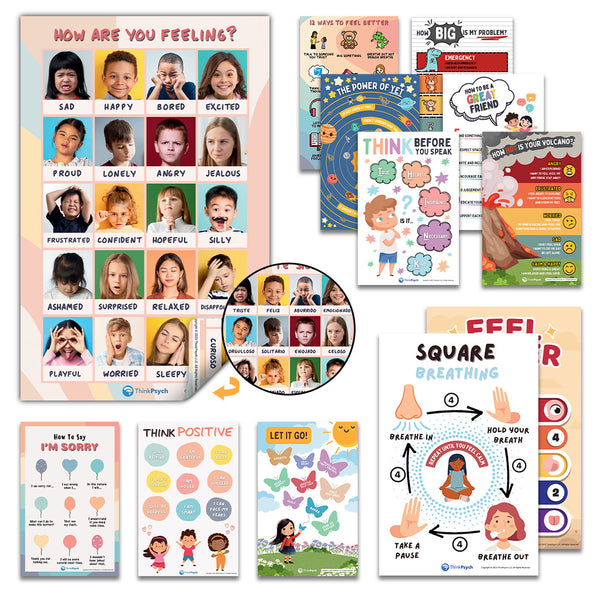
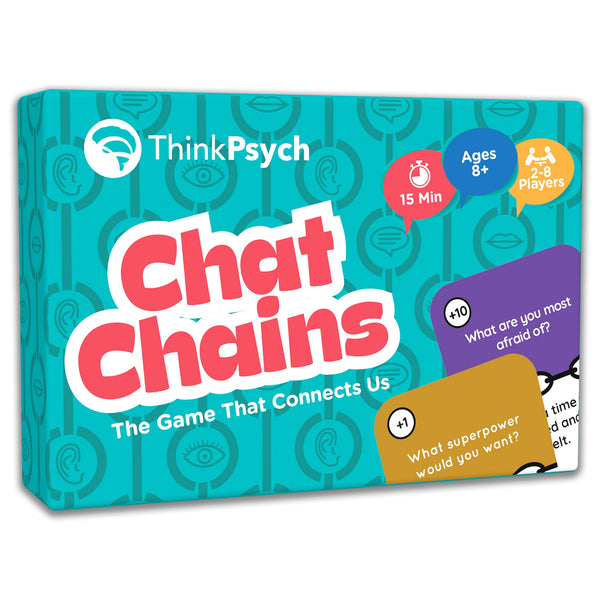
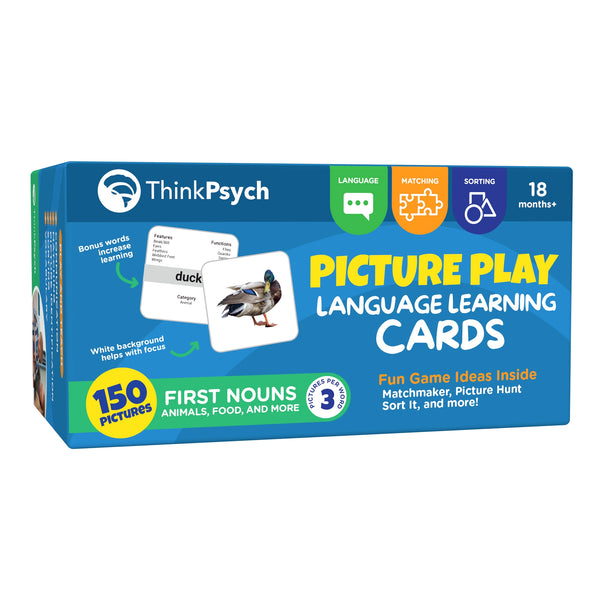
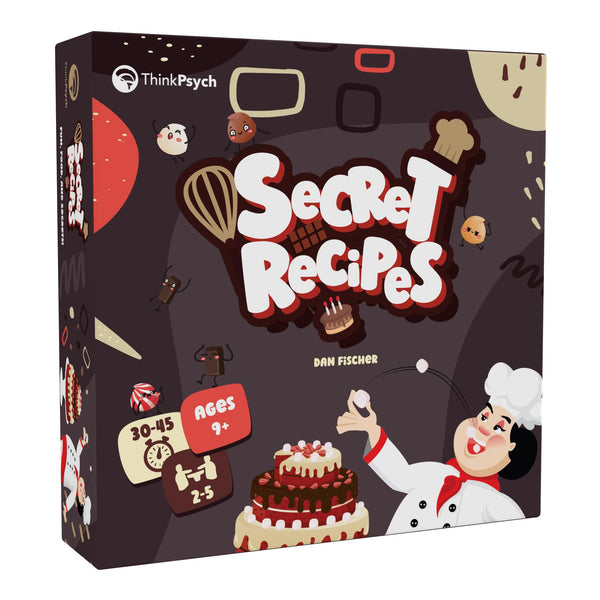
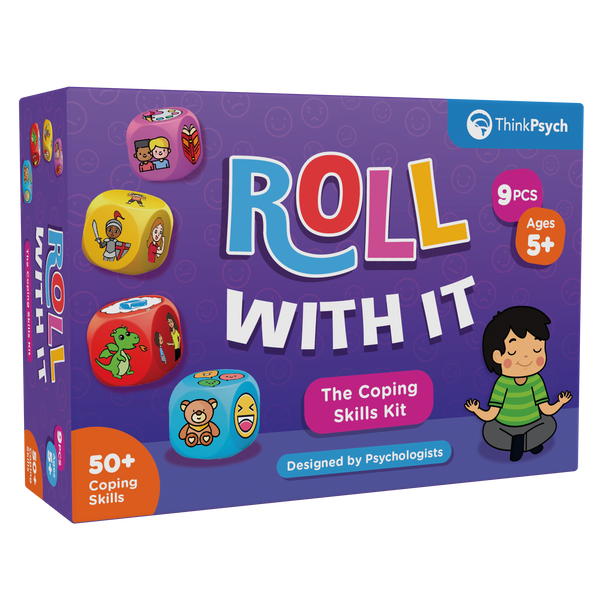

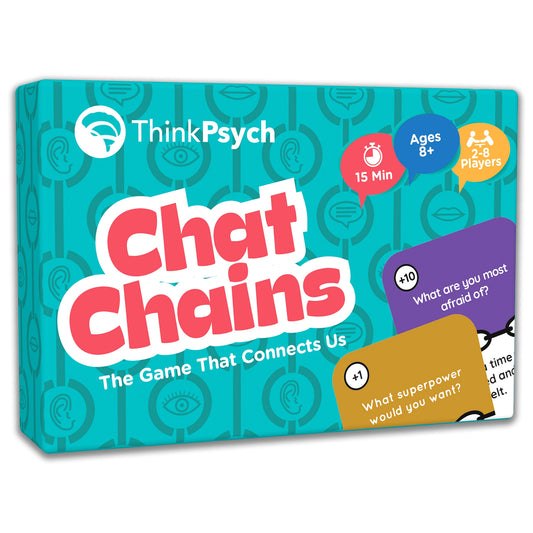
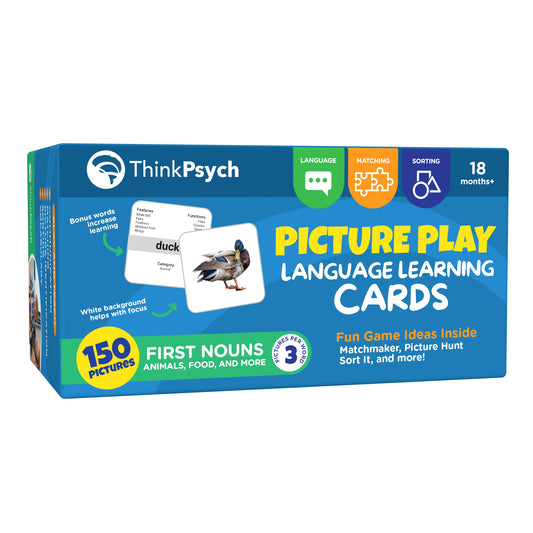
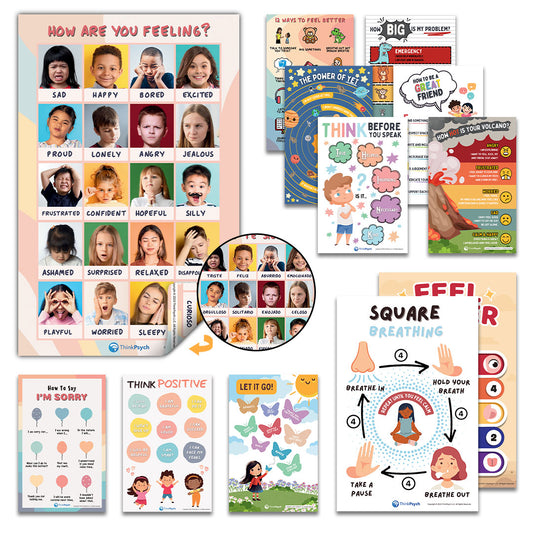
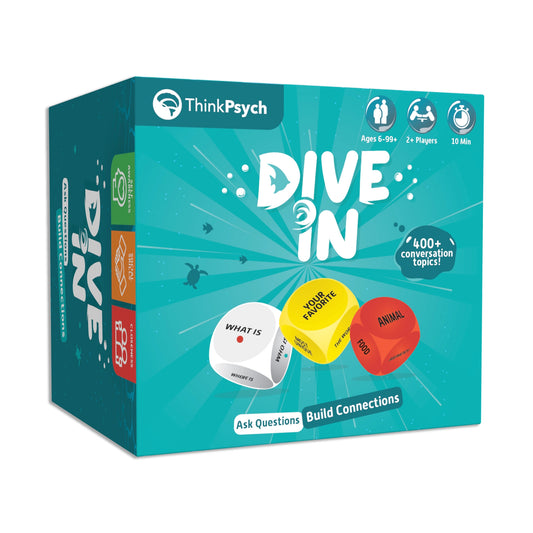
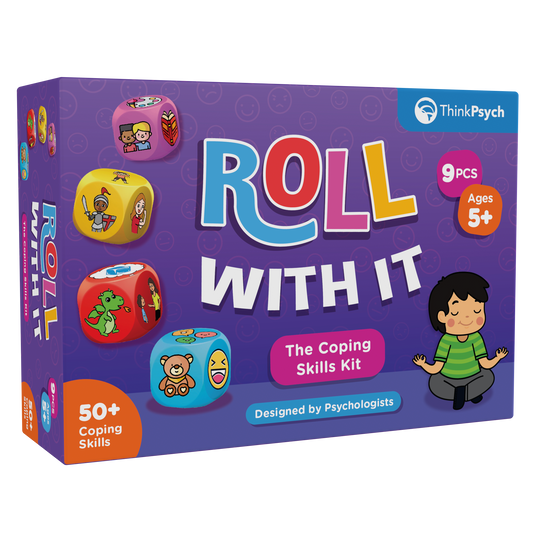
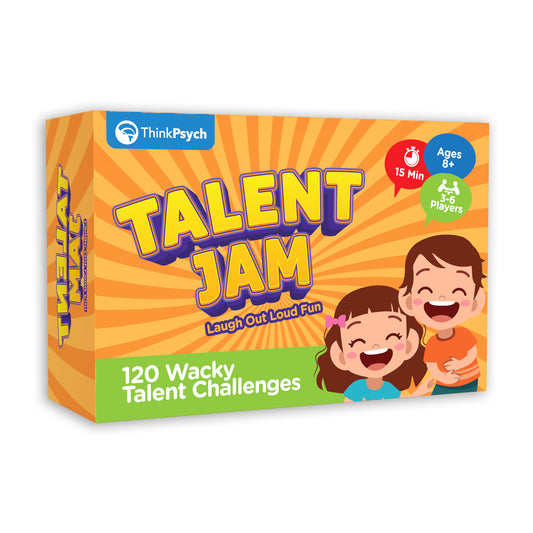
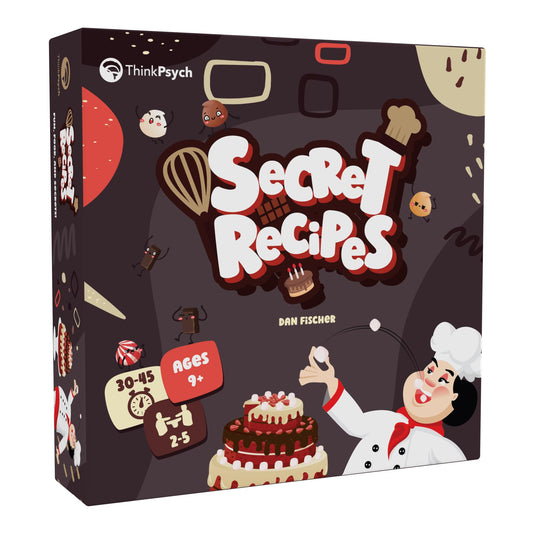
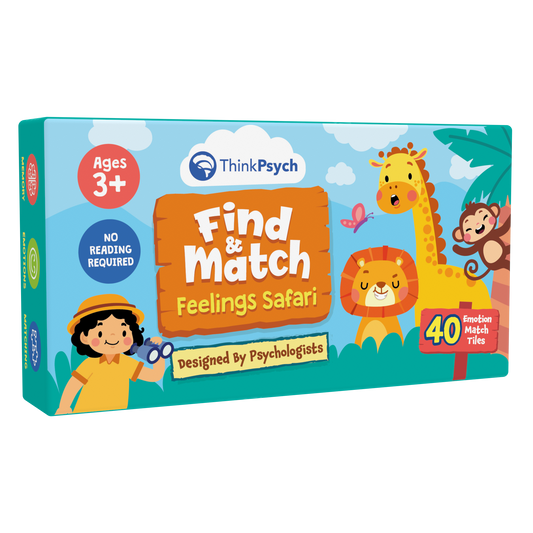
1 comment
After assessing how do I create goals. Ive never worked with these students before.